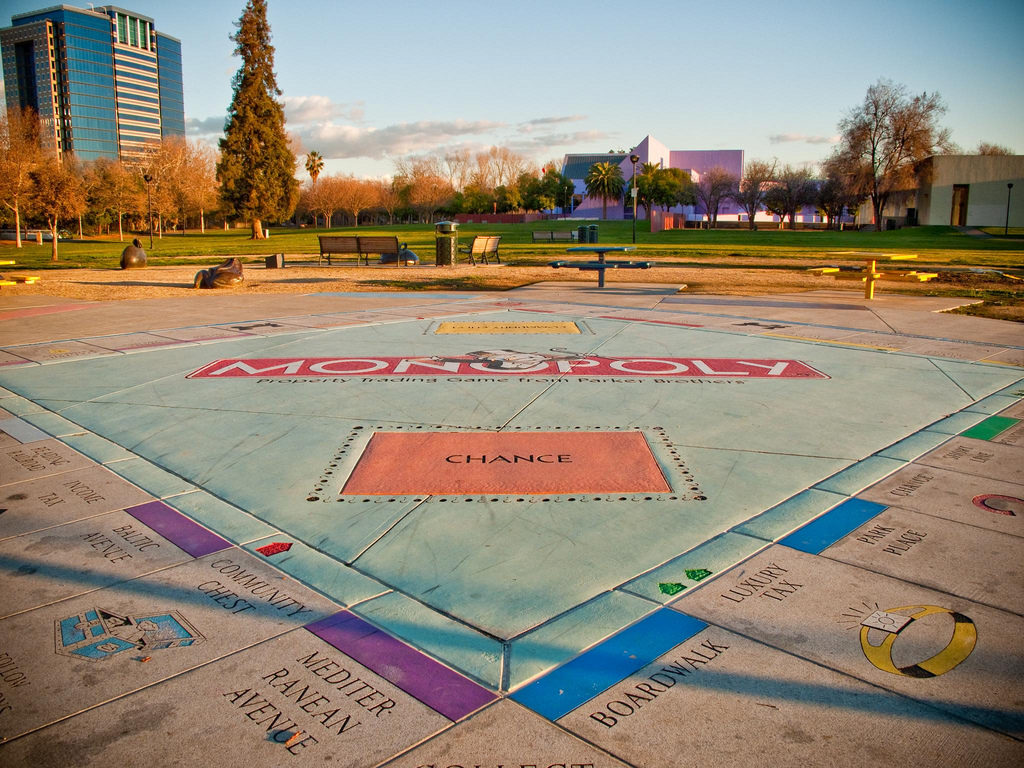The Bureau of Labor Statics says that Americans across all income levels spend between 25-30% of their income on housing. That’s a massive portion of your income, no matter who you are. What if you were able to invest that money instead, or take an extra vacation each year? It’s actually possible. It requires a lot of discipline and sacrifice; and this approach is not for the faint of heart. However, not having a monthly housing expense certainly expands your options. If you’re not afraid of tenants and toilets, then let’s discuss how to have no house payment by age 30.
Age 25 – Buy First Home, a Duplex
Make your first home purchase a duplex: live in one side and rent out the other. The fact that you’re living in the property allows you to put down a much lower down payment, because you’re considered an “owner-occupant”. Down payments for owner-occupied properties can be 5% or less. USDA mortgages are available for 0% down in certain areas, and FHA mortgages are available in most areas for as little as 3.5% down. The further we move past the Great Recession, lending guidelines loosen up over time. I’ve recently seen Conventional mortgages for as little as 3% down.
Purchase Price: $225,000
Inspections: $700
Appraisal: $650
Down Payment: 5% = $11,250
Closing Costs: $3,500
TOTAL CASH TO PURCHASE: $16,100
Monthly Payment (Principle, Interest, Taxes, Insurance & PMI): $1,414
Rental Income: $900
YOUR NET HOUSE PAYMENT: $514*
For most owner-occupied mortgages, the lender will make you sign an “Intent to Occupy Affidavit” stating you intend to live in the property for a minimum amount of time (often 12 months). After this amount of time, you’re free to move out and buy another property. Be sure to check with your mortgage broker about how/when you’re allowed to include rental income when qualifying for your next mortgage You may have to show rental income on your tax returns for a minimum amount of time before it can be used to offset mortgage expenses when qualifying for future loan (often 24 months). In other words, when you go to buy your second property, you need to have established a track record of rental income or the mortgage broker won’t consider said income when evaluating what you can afford. Research debt-to-income ratio for more information.
*Note: In this example “Your Net House Payment” does not include the maintenance and repair figures you’d normally include in an investment analysis. Why? Because most of those costs would come with a regular house anyway. Obviously, there is more wear and tear, double the appliances, etc. with a rental property. However, keep in mind your housing expense is only $400/mo. That should allow you to save a ton of money from your regular paycheck. As you buy additional properties, it will be important to consider the long term costs of repairs, maintenance, and property management.
Age 27 – Buy Second Home, Also A Duplex
Make your second home a duplex too. You’ll need to move into the new duplex in order to qualify for the owner-occupied mortgages with smaller down payments. This illustration was written with the beginner in mind. Most beginners don’t have a lot of cash to get started in real estate investing. If you’d rather not have to move, you can purchase the second duplex as a non-owner occupant. This will require a much larger down payment (as much as 20%), but you’ll get a better interest rate and have better cash flow.
Purchase Price: $225,000
Inspections: $700
Appraisal: $650
Down Payment: 10% = $22,500
Closing Costs: $3,500
TOTAL CASH TO PURCHASE: $27,350
Monthly Payment (Principle, Interest, Taxes, Insurance & PMI): $1,370
Rental Income: $900
Combined Monthly Payment (Principle, Interest, Taxes, Insurance & PMI): $2,784
Combined Rental Income: $2,700
YOUR NET HOUSE PAYMENT: $84*
Age 29 – Buy Third Home, Another Duplex
Here’s where your plan starts coming together. Buying a 3rd duplex allows the rental income to cover all of your mortgage payments. Obviously, we’re glossing over the actual costs of maintenance and capital improvements, but the idea is to keep your housing expenses low enough that it shouldn’t matter. By this time, you should have taken the time to learn about the actual costs involved with owning rental properties. I’d recommend working through the numbers with a real estate agent who has experience with owning rental properties.
Purchase Price: $225,000
Inspections: $700
Appraisal: $650
Down Payment: 10% = $22,500
Closing Costs: $3,500
TOTAL CASH TO PURCHASE: $27,350
Monthly Payment (Principle, Interest, Taxes, Insurance & PMI): $1,370
Rental Income: $900
Combined Monthly Payment (Principle, Interest, Taxes, Insurance & PMI): $4,154
Combined Rental Income: $4,500
YOUR NET HOUSE PAYMENT: Negative $346 (that’s right, rental income now is covering your house payment too)*
What’s Next?
The examples above are obviously hypothetical, but I’ve seen people do it. It’s not easy, but very possible. At this point, you may want to keep buying investment properties, or maybe buy a single-family house to move into. Also, consider hiring a property manager to handle the leasing, maintenance and late-night phone calls.
If you think you’re up for this challenge or just want more information, please give me a call. As usual, no pressure.
Justin Rollheiser – REALTOR®
Keller Williams Realty | Diamond Partners, Inc.
13671 S Mur-Len St | Olathe, KS 66062
Cell 913-800-7653
Office 913-322-7500
www.JustinRollheiser.com
Comments or Questions?
